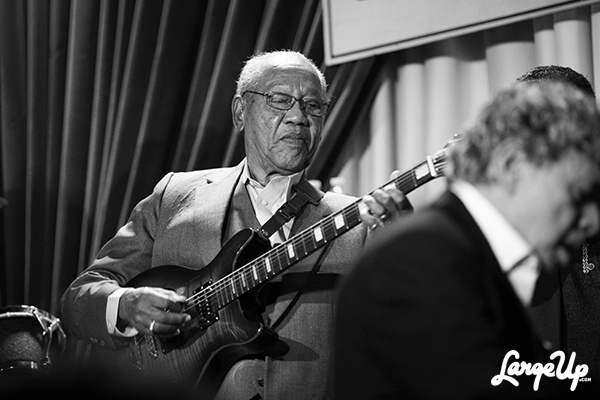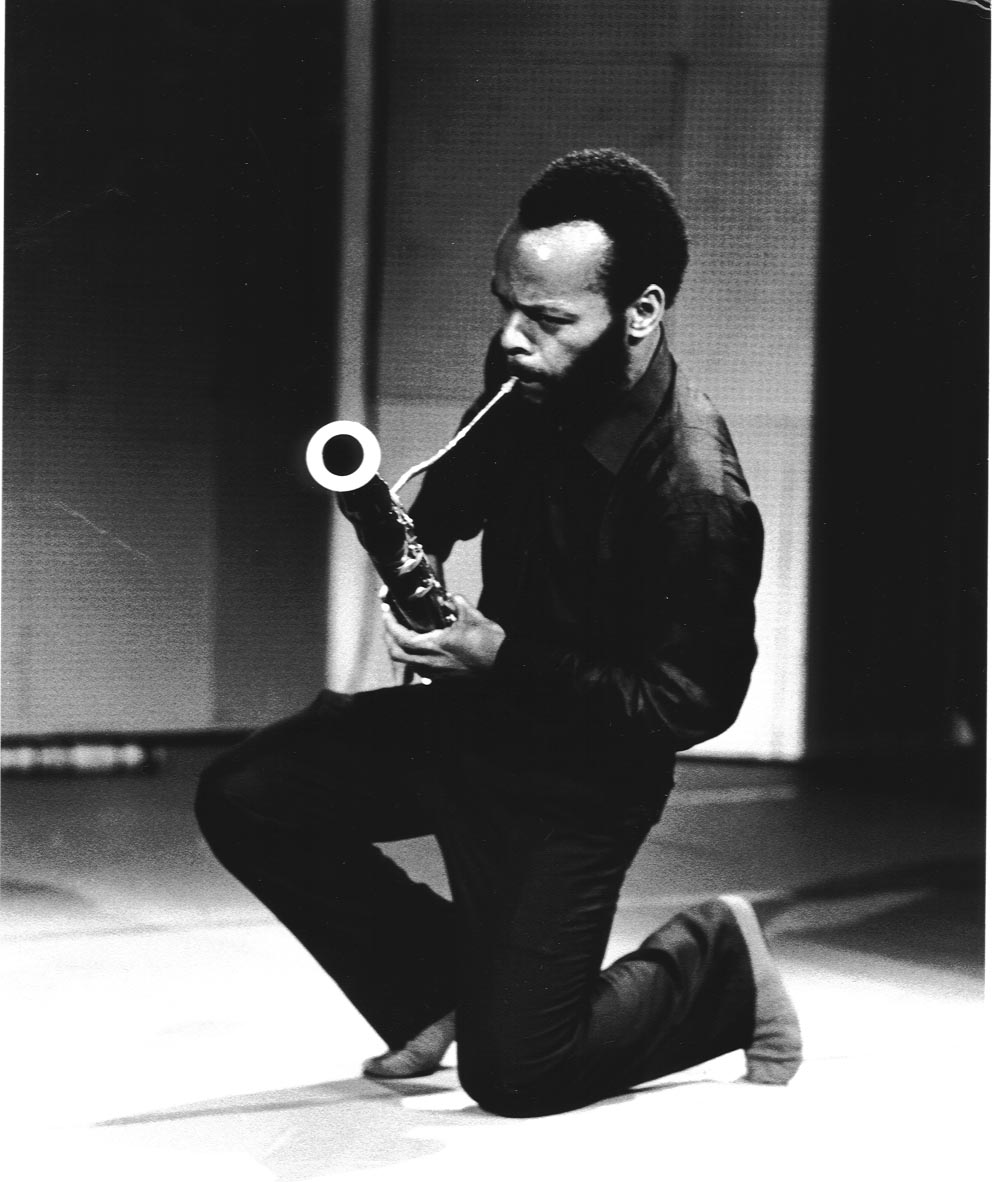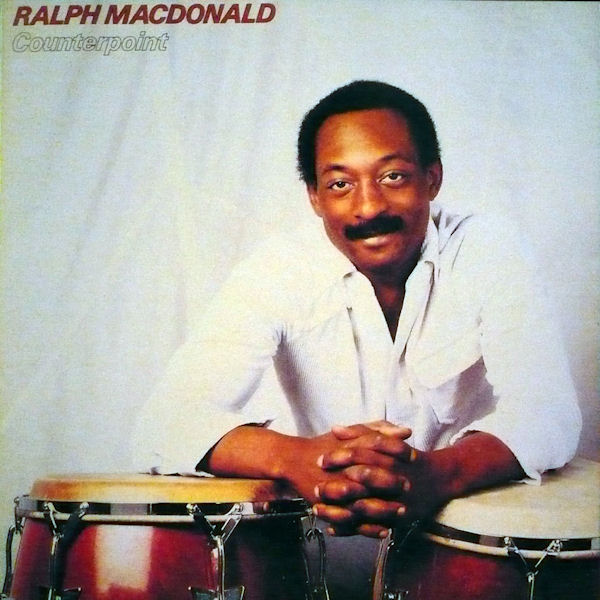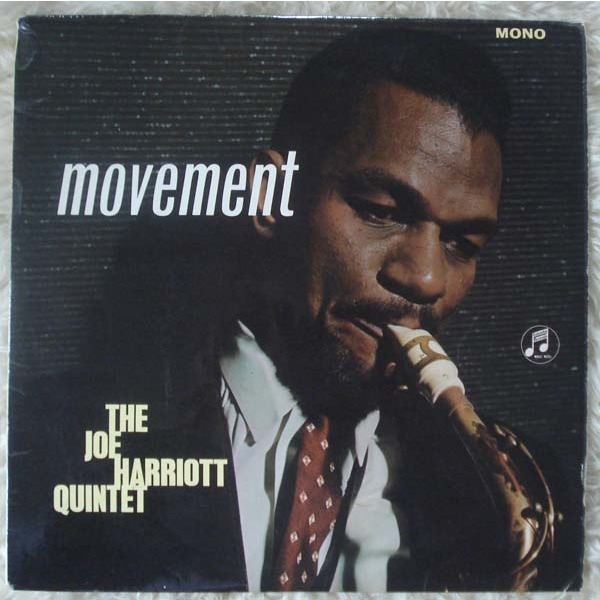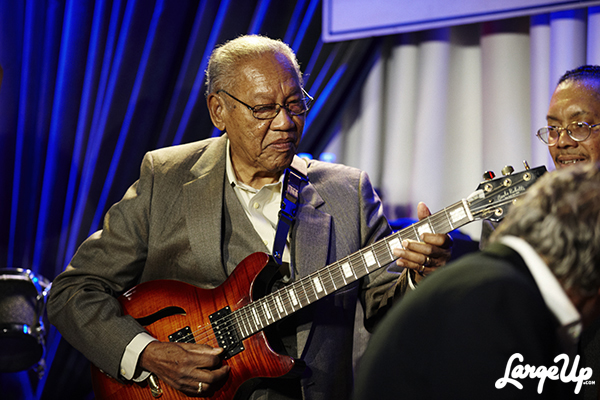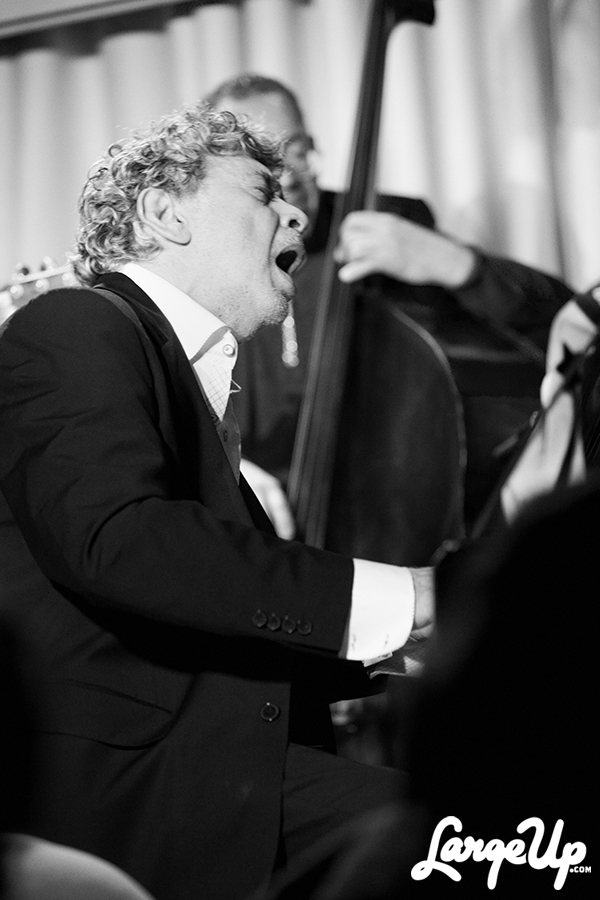4. Joe Harriott
Joe Harriott, born in Kingston in 1928, began studying alto saxophone alongside Wilton Gaynair and Harold McNair at the city’s Alpha Boys School. Decamping to London in 1951, he became a popular sideman thanks to his Parker-esque flair for bebop, appearing with artists like George Chisholm and the Modern Jazz Quartet. His most seminal work, though, came with the creation of his own quintet in 1958, featuring fellow Jamaicans Shake Keane on trumpet and Coleridge Goode on bass. Through Harriott’s compositions, the quintet began experimenting with free jazz at the same moment musicians stateside were as well. Their first foray into “the New Thing” came with 1960’s Free Form, released just one year after Ornette Coleman’s seminal The Shape of Jazz to Come.
Unlike Coleman, Harriott incorporated calypso into his interpretation of the avant-garde, creating a distinctive sound that earned Abstract, his second free jazz outing, England’s first five-star review from jazz bible Downbeat. The quintet performed and recorded together until Keane’s move to Germany in 1965. Harriott continued to pursue a more “out” sound, including notable fusion projects with East Indian musicians John Mayer (no, not that John Mayer) and Amancio D’Silva. Though somewhat overlooked during his lifetime, Harriott’s contributions to jazz’s avant-garde (and a recently published biography) have prompted the re-release of many of his classic recordings—listen to “Calypso,” off of Free Form, below:

